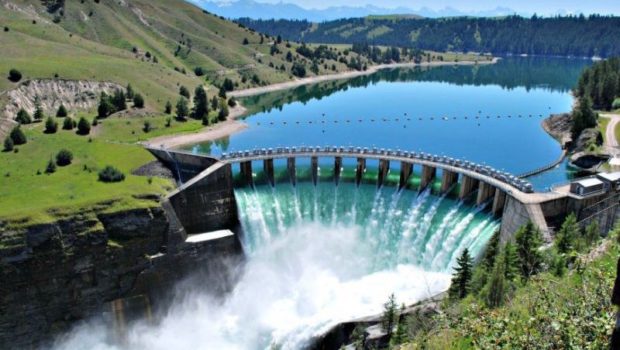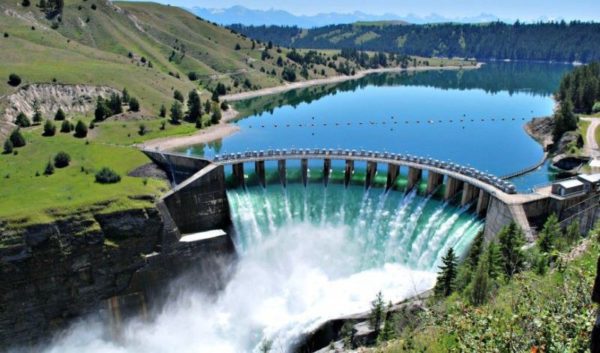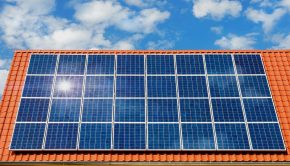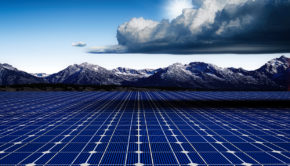6 Types of Renewable Energy in the Post-Oil World
The idea of switching from electricity to an alternative form of energy can seem a little daunting. You don’t know what to expect, how it’s all going to work, or how much all of it could cost you but if you knew about the various renewable forms of energy out there, then you would see it’s very easy to switch to a more sustainable way of living.
1. Solar Power
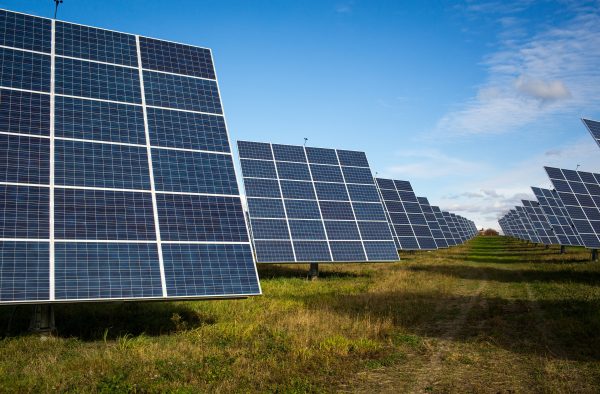
Out of all the renewable forms of energy out there, one of the most popular is solar energy. To cut down your environmental impact solar panels are a popular choice because they also cut down your energy bill.
Of course, you are going to have to know the solar panel cost to try to know how much the initial panels and installation will be to see if it will be worth it for your home or workplace. As well as lowering your own energy bills, if you are producing more energy than you would normally consume you can sell it back to utility companies by a process known as net metering.
2. Wind Energy
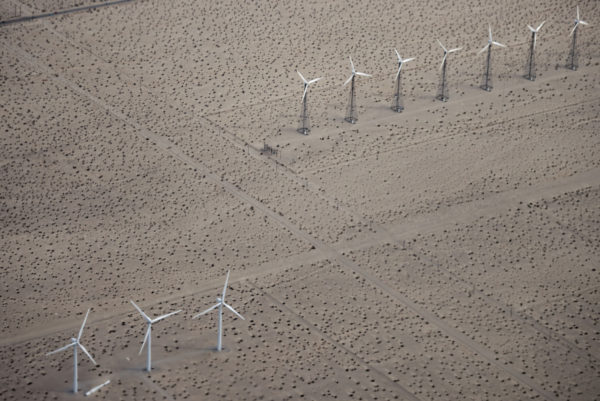
Another renewable type of energy is wind power. This type of energy is generated by modern day turbines that harness the power of winds to create electricity that can be later used by commercial properties and homeowners.
The power generated by wind turbines, which are usually located on wind farms, use no coal or natural gas to produce the energy, so no carbon dioxide was produced. They also take up much less space than fossil factories and have a significantly lower impact on the environment.
3. Hydroelectric
Another form of renewable energy that must be addressed is hydroelectricity or hydro power. This type of energy is produced using the power of currents in water. People build dams that contain turbines, which are used to capture the power of the currents in order to create electricity.
The power is definitely renewable, but the problem is that this power source hasn’t advanced itself enough to be able to generate the kind of power that could replace other forms of energy, like regular electricity. This is not to say that people should give up on the idea, but you may not be able to use the energy generated alone but rather as a supplement.
4. Geothermal Energy
An additional type of renewable energy worth paying attention to is geothermal energy. Geothermal power works by tapping into steam or hot water that is buried underground. The heat from this can generate a turbine to create electricity.
An advantage of geothermal energy is the fact that it can be extracted without the use of fossil fuels so their prices will always stay stable. Another advantage is that geothermal energy is in constant supply because it does not rely on external factors such as enough wind for wind turbines or sunshine for solar panels.
5. Bioenergy
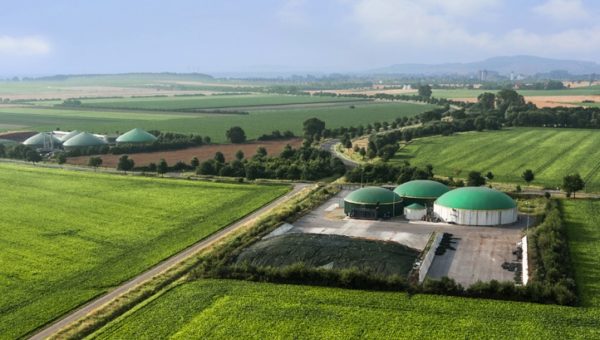
Bioenergy is another form of renewable energy that is produced by living organisms. A few examples of biofuels is ethanol which is derived from corn, biodiesel which is derived from vegetable oils and animal fats, and green diesel which is derived from algae and other plant sources.
In essence, bioenergy depends on extracting energy from biomass, which is a type of organic matter that is then processed and the power harnessed. Sometimes, the energy that is harnessed is methane gas that happens naturally when organic matter naturally decomposes.
6. Wave Energy
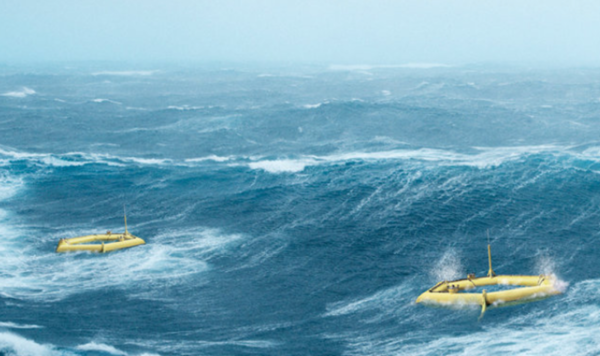
Wave energy is another form of energy that is quite promising. The most common way of harnessing this energy is using a buoy or a type of float system that would rely on the rise and fall of the waves or swells to drive the hydraulic pumps. The movement of the wave creates kinetic energy and in turn will create electricity.
These are just some forms of renewable energy systems out there, but there are many more worth pursuing. It is our job to utilize these green energy alternatives to push us toward a more sustainable future.

